Makhana farming: Mithila Makhana got GI tag, know from Dr. Abhishek Pratap Singh which farming techniques are better
Bihar accounts for 90% of the total production of Makhana in the world
There is good news for the farmers cultivating makhana in Bihar. Mithilanchal Makhana has got international recognition. Under this Mithilanchal Makhana has got the Geographical Indication (GI) tag.
Makhana farming is full of benefits, as it has possibility and raising hopes in the agri-employment sector. Recently Makhana has been given Geographical Indication Tag (GI Tag) and now Makhana will be known as ‘Mithila Makhana’. Today, Bihar produces 90% of the total makhanas in the world.
It is said about the identity of Mithilanchal of Bihar, “Pag-Pag Pokhari Mach Makhan” i.e. the identity of this region is associated with Pokhar-fish and Makhana. Along with eating the makhana, it is also used a lot in worship. It is also called the ‘black diamond’ of crops. White makhana emerges from inside the black shell. Due to its medicinal properties, it is sold at a higher price like expensive dry fruits. Learned important things about Makhana cultivation from Dr. Abhishek Pratap Singh, head of Krishi Vigyan Kendra, Pusa Samastipur.
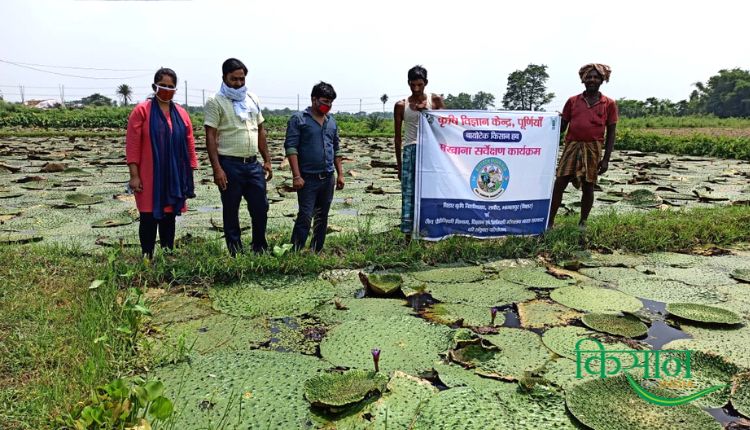
There is more demand for Makhana from country to abroad
Dr. Abhishek Pratap Singh said that with the geographical indication of Mithila Makhana of Bihar, Makhana growers will now be able to get better prices for their products. The Makhana of Mithila is providing employment along with strengthening the economic condition of the farmers. Mithila’s Makhana is famous for its taste, nutrients and are naturally grown. He said that the demand for Makhana is high in the country as well as abroad in America, Europe and Arab countries.
It is also good medium to earn foreign exchange. Many types of canned sweets, kheer mix, chocolate, chips prepared from the same Makhana are also available. In foreign countries especially it is used a lot as a snack.
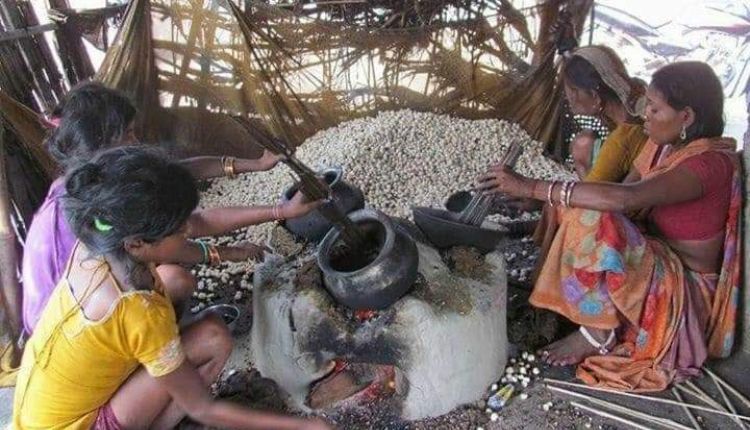
Makhana farming techniques
Dr. Abhishek Pratap Singh says that the cultivation of Makhana in Bihar has not only changed the fate of the farmers of Mithila, but has also made thousands of hectares of waterlogged land fertile. Now the lower level land is spewing gold in the form of makhana.
Makhana cultivation started from Darbhanga district of Bihar. Now its extension area has spread through Saharsa, Purnia, Katihar, Kishanganj till Harishchandrapur in Malda district of West Bengal. He said that Makhana cultivation has been started in Purnia, Katihar and Araria districts in the last one and a half decade. Its cultivation has proved to be a boon for the farmers. The nature of the cultivation of Makhana and the process from the beginning of its cultivation till its completion is also unique. After the water remains in the ground, the seeds of the makhana are sown.
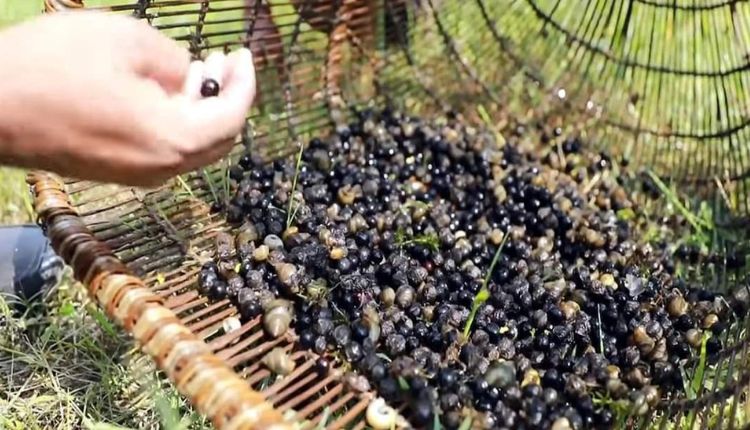
According to Dr. Singh, the work of sowing of Makhana is completed in the month of December to January. Plants start flowering in the month of April. The flower is blue on the outside and purple or red on the inside, and look like lotus. Flowers on plants last for a few days. Flowering is followed by spiny-spiky fruits, which contain seeds. Its fruits and seeds are both edible. The fruits are round-elliptical, orange and contain 8 to 20 black coloured seeds resembling lotus seeds.
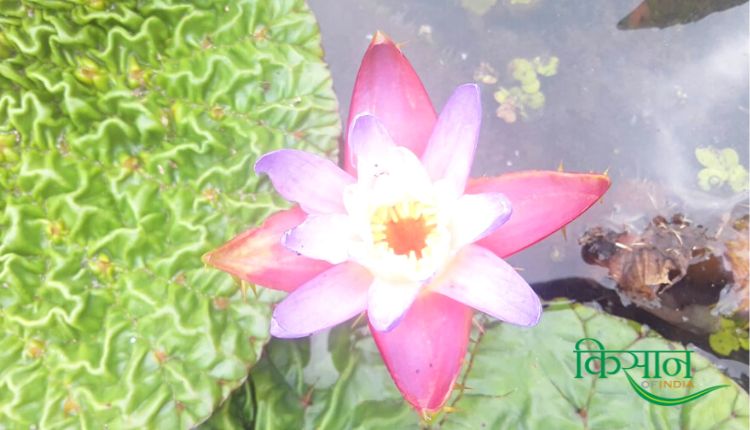
The size of the fruits is equal to the size of a pea and their outer shell is hard. The fruits float on the surface of the water for 1-2 days in the month of June-July. Then they sink below the surface of the water. Its thorns, which are submerged below, melt and are collected from there in the month of September-October.
Makhana Crop Harvesting and Processing
Dr. Abhishek Singh further explains that harvesting makhana means collecting seeds from the surface of the pond or field. In the pond where a group of 4-5 skilled craftsmen do this work, in the fields this work becomes very easy due to less water.
It is then poured into a crescent shaped container, which is called hemp. It is tied to a bamboo stick and stirred in water to clear the mud of the seeds. Then keep it in sunlight for 2-3 hours. Then keep it in an earthen pot or cast iron pan and heat it. Then the process of popping i.e. roasting is done till the slag is released from the makhana seeds.
Makhana and fish together
Agriculture expert Dr. Abhishek Singh further informs that along with the cultivation of Makhana, farmers can also earn double income from the production of fish like Mangur, Singhi, Kewai, Garai and Trash. About one quintal of makhana can be produced from 720 square feet (one kattha) field. Let us tell you that in some districts of Bihar, even today the measurement of land is done only by ‘Kattha’ and ‘Bigha’.
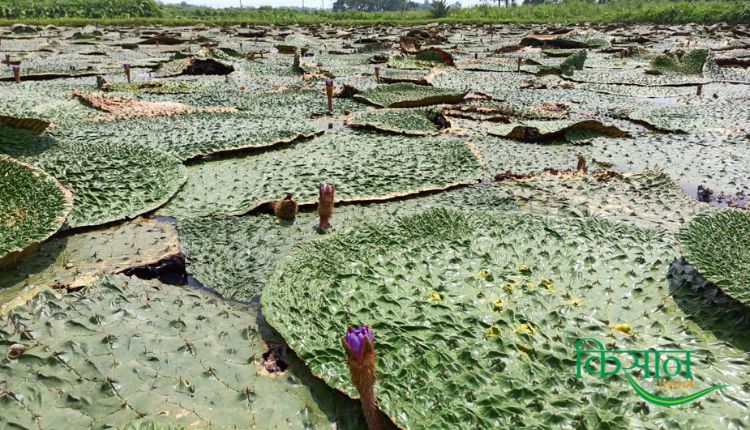
The ‘Treasury’ Makhana of Profit
Dr. Abhishek says that the production of Makhana cultivation is 10 to 12 quintals per acre. It costs 20 to 25 thousand rupees per acre, while the income is 70 to 80 thousand rupees. At least four feet of water is required for its cultivation, but now with the advent of some new technologies and new seeds, some people in Madhubani-Darbhanga are taking its yield even twice a year.
6 years ago, where about a thousand farmers were engaged in the cultivation of makhana, today this number has increased to more than eight and a half thousand. Keeping in mind the farmers producing Makhana, the Makhana Research Center of Darbhanga has developed a special variety for its bumper production. This center has now developed such a variety, which can be grown in less water and more production can be done.
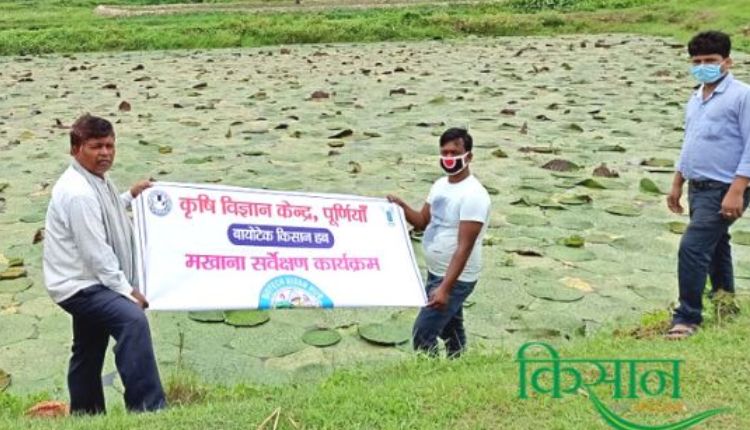
Methods of growing Makhana
Agricultural experts say that in general, the cultivation of makhana is done in the waterlogged area with a depth of 4-6 feet or in the fields like other crops.
Makhana’s Pond Method
The pond method is the traditional method of Makhana cultivation. There is no need to sow seeds in this, because only the remaining seeds of last year are useful. Whereas in the farming method, the seeds of Makhana are sown directly in the fields. Then its plants, like paddy, are transplanted into the new pond. In this method, 30 to 90 kg healthy Makhana seeds are sprinkled by hand in the pond in the month of December-January. Germination starts after 35-40 days. By February-March, the plants emerge on the surface of the water. A distance of 1 meter is kept between them.

Makhana Farming System
In this method, nursery is first prepared in January-February and then from the first week of February to the third week of April, it is planted in a field with 1 feet of water. After about 2 months, purple flowers start blooming. Then after 35-40 days the fruits become fully developed and mature. All its parts are barbed. With the help of skilled craftsmen, it is taken out and deposited in late September or October. The specialty of this method is that you can also take inter-growing crops like paddy with it.
However, apart from production, there has also been a problem with the marketing chain of Makhana, which has now been largely resolved. Now with the GI tag, there are good prospects for the cultivation of makhana. Makhana production has increased in recent years. You too can earn well by cultivating this high demand crop.
Contact us: If farmers want to share information or experiences related to farming with us, then they can do this by calling us on the phone number 9599273766 or by writing an email to [email protected] or by sending your recording. Through Kisan of India, we will convey your message to the people, because we believe that if the farmers are advanced then the country is happy.



